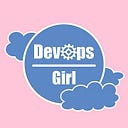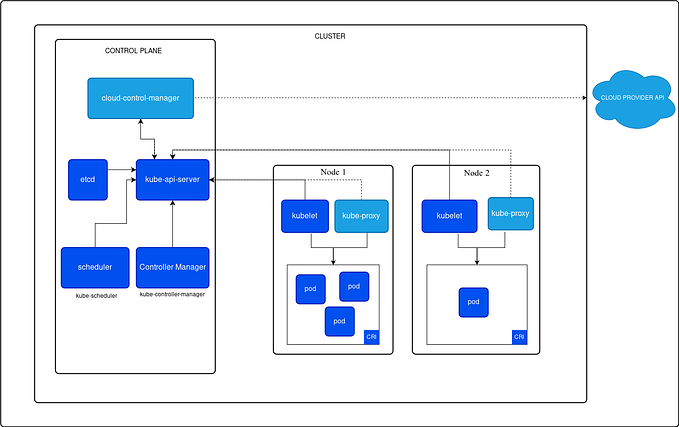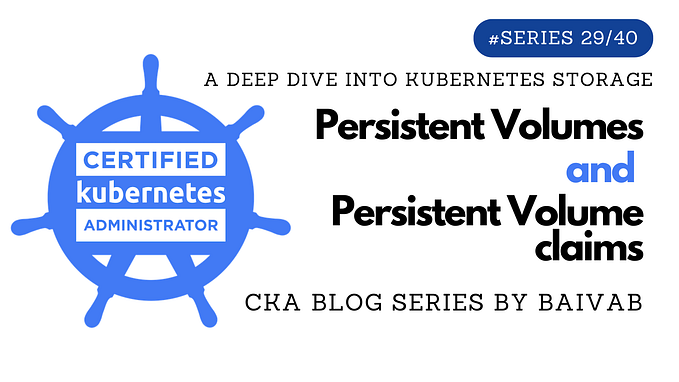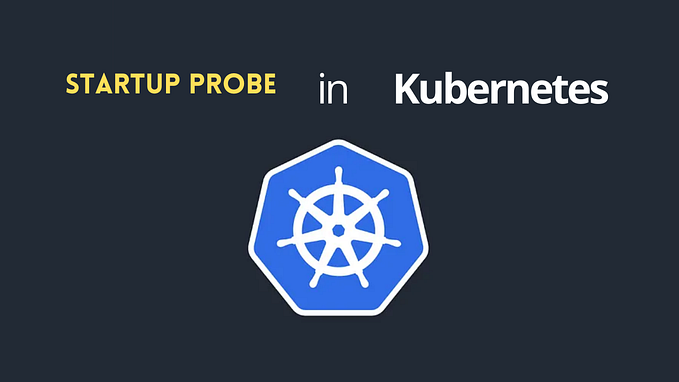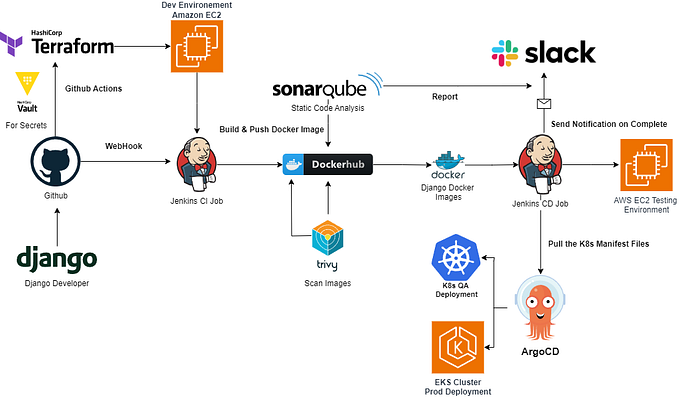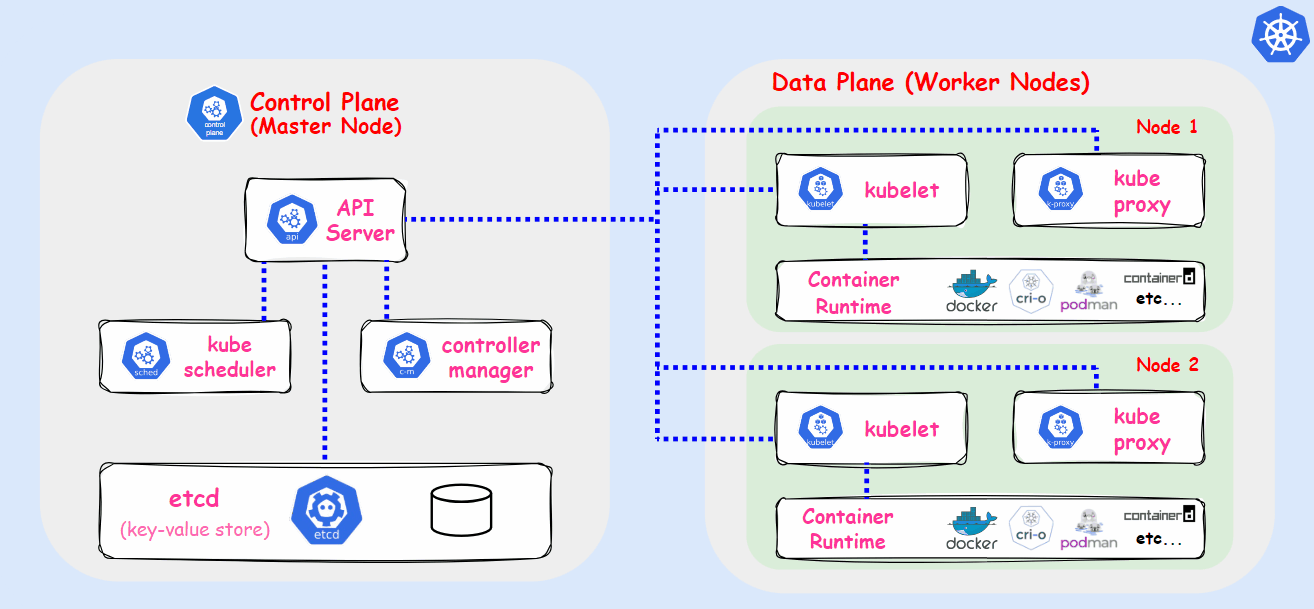Member-only story
Kubernetes Object

Kubernetes objects are persistent entities in the Kubernetes system that represent the desired state of the cluster, such as which containerized applications are running, the resources they use, and the policies governing their behavior. These objects serve as building blocks for orchestrating applications and services.
A Kubernetes object is a “record of intent” — once you create the object, the Kubernetes system will constantly work to ensure that the object exists. By creating an object, you’re effectively telling the Kubernetes system what you want your cluster’s workload to look like; this is your cluster’s desired state.
To work with Kubernetes objects — whether to create, modify, or delete them — you’ll need to use the Kubernetes API. When you use the kubectl command-line interface, for example, the CLI makes the necessary Kubernetes API calls for you. You can also use the Kubernetes API directly in your own programs using one of the Client Libraries.
There are mainly two types of objects in Kubernetes — Basic objects and High-level objects.
- Basic Objects are the foundational elements that define core resources and configurations in a cluster. Basic Objects such as pod and namespace that can be deployed and managed independently.
- High-level object: A high-level Kubernetes object refers to the more…
